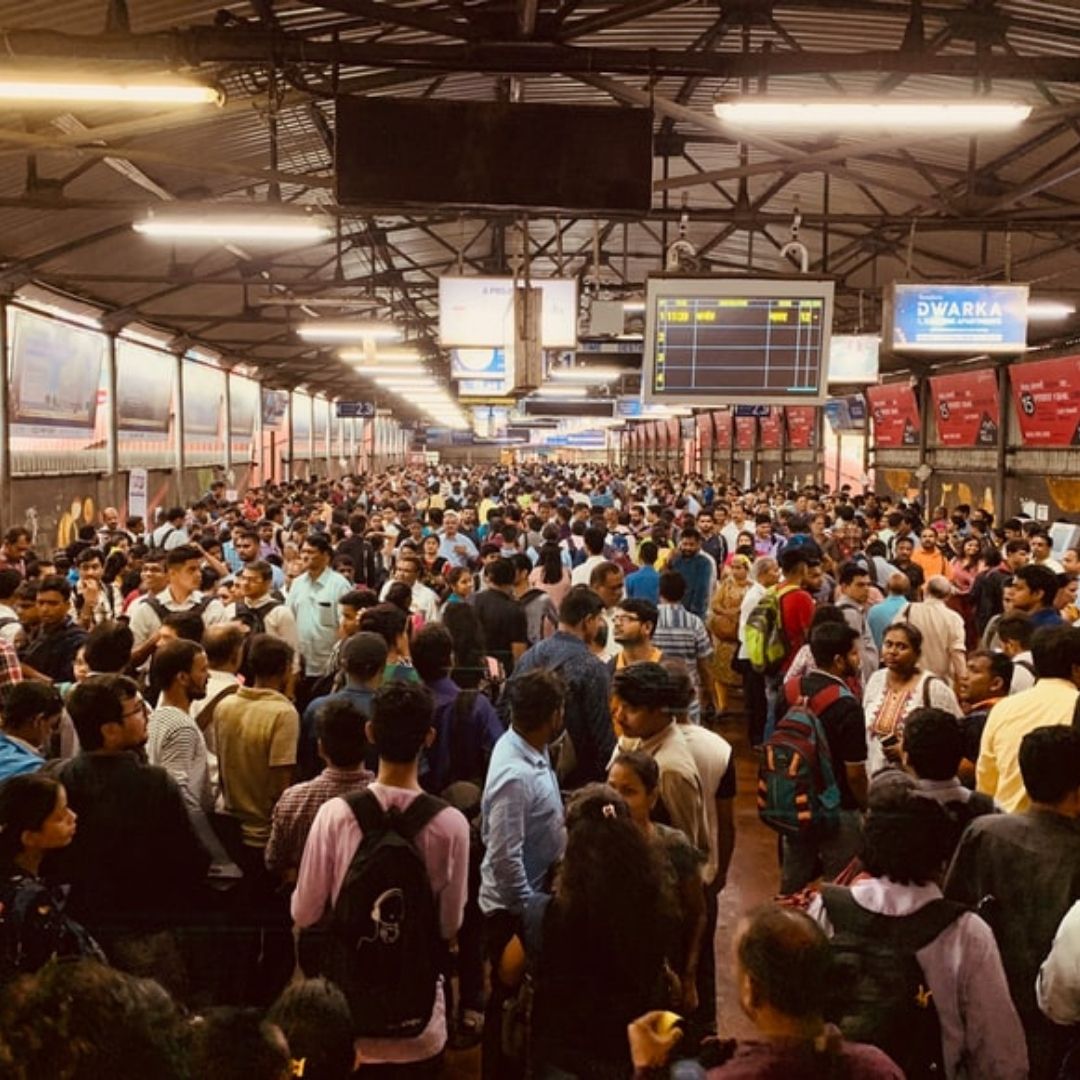
Image Credit: Unsplash
'Inequality Kills': Oxfam Report Indicates Common Man's Plight Knows No End
Writer: Ratika Rana
Her primary objective is to inform, promote, educate and cultivate readers through writing.
India, 17 Jan 2022 1:37 PM GMT
Editor : Ankita Singh |
A literature lover who likes delving deeper into a wide range of societal issues and expresses her opinions about the same. Keeps looking for best-read recommendations while enjoying her coffee and tea.
Creatives : Ratika Rana
Her primary objective is to inform, promote, educate and cultivate readers through writing.
While pointing towards the stark income divide worsened by the COVID-induced pandemic, an Oxfam report highlighted that the income of 84 percent of the households declined in 2021, while the number of Indian Billionaires grew from 102 to 142.
Countries worldwide are experiencing a surge in the number of cases owing to the mutated variants of the coronavirus. However, the findings of the latest Oxfam report titled 'Inequality Kills' is worrisome for India. The report mentioned that 84 percent of Indian households experienced a decline in income, while at the same time, the number of Indian Billionaires increased from 102 to 142 in 2021. The two sides of the report depict the stark income divide between the rich and the poor in the country. Moreover, the rich are growing richer, whereas the poor are falling deeper into poverty.
15% Drop In Budget Allocation For Social Security
Oxfam released the report ahead of the World Economic Forum's Davos Agenda mentioned that COVID-19 continues to ravage India. The country's healthcare reported a 10 per cent decline from the revised estimates for 2020-21. The budgetary allocation from the Union Ministry saw a fall of 15 per cent for social security and a six per cent drop in the budget for education. The Indian edition of the same report mentioned that, on the one hand, the collective wealth of India's 100 wealthiest people hit a record high; the bottom 50 per cent of people of the society hold only 6 per cent of the total wealth.
The common person is always the worst sufferer at the end of everything. This report comes at a time when the unemployment rate in the country is at a high of 15 percent, and the healthcare system is on the verge of collapse. Oxfam India CEO Amitabh Behar said the global briefing points to the "stark reality of inequality contributing to the death of at least 21,000 people each day, or one person every four seconds".
India is experiencing an inflation rate of nearly 5 per cent. The increase in inflation impacts the purchasing power of the people. For instance, if a common person could buy ten pens with a 100 note, he could only buy eight pens after inflation for the same amount. Rising prices of several commodities have caused an uproar in India and the global market. In India, typically, inflation is calculated on a year-on-year basis. If the inflation in a particular month is at a 10 per cent high, it means that the prices of commodities are ten per cent more than what they were the year before. Since the poor people, which most of the country's population cannot withstand the increasing prices, inflation hits them the most.
Last year, the Indian government faced severe criticism since fuel prices pinched people hard. As the petrol price touched the triple-digit benchmark, people started cutting costs on essential and described the change as 'painful'. A survey by LocalCircles found that almost 51 per cent of Indians were cutting costs to manage their expenses on fuel. Taxes levied by the Centre and several state governments constitute over 50 per cent of the retail prices of petrol and diesel in the country. In Delhi, as of October 2021, over 54 per cent of the retail price of petrol was a tax levied by the Centre and state, compared to 49 per cent for diesel in Delhi.
After the pandemic hit the country, India witnessed a systematic decline in jobs, wages and household income. In a letter to the Prime Minister, Congress Chief Sonia Gandhi wrote, "These challenges have been compounded by runaway inflation and an unprecedented rise in the price of almost all household items and essential commodities".
How A Failing Rupee Impacts Common Man's Budget?
The US Dollar is the benchmark currency for international trade. Therefore, the two major causes for a failing rupee could be the massive imports that our country undertakes. India is the third-largest importer of crude oil globally; therefore, a slight change in the global fuel prices has a direct impact on the common person when he goes to refill his vehicle's fuel tank. Secondly, despite having some of the world-class facilities in India, the country's imports far outweigh its exports, thus causing a fiscal deficit that leads to a hole in the pocket for the government and the common person.
The fact that the Indian economy is highly unequal is beyond contestation. The inequalities in the income of people centres primarily around consumption, income and wealth. However, in developing countries like India, inequality looms large in the accessibility of opportunities. In a society like India, an individual's class, caste, parents, and birth household significantly impact the people. Consequently, In such countries, characterised by low levels of social mobility across generations, children born in disadvantaged families have a lower chance of moving up the income ladder.
While such bonds might have weakened in India, the pandemic has further reinforced the abnormal class divide amongst people. COVID has led to the widening gap between the rich and the poor in terms of education, labour market scarring and heightened income inequality. Some effects of the pandemic, the rising fuel prices, increasing fuel prices and widening income divide might be immediate; however, only time would reveal the long-term economic effects of the health pandemic. Sporadic school closures and delayed exams would have a lasting impact on children, who are yet to form the country's youth in the times to come.
The ASER Report of 2021 highlighted that early education is detrimental to children's level playing field. Therefore, younger children from the middle- or lower-income groups were more deprived of learning equipment during the pandemic. Over a fourth of children in households with a smartphone could not access it (the numbers are significantly higher for those in the lower grades). This has already begun to impact learning outcomes as children are not able to catch up with their curriculum.
In such a scenario, when several reports have time and again highlighted the areas of improvement for the country, we must take measures to narrow down the income divide. The increasing income divide, gender disparity, educational gap are the determining factors that would upgrade India from a developing country to a developed one!
Also Read: Nation Mourns Loss Of Social Activist And Padma Shri Awardee Shanti Devi
 All section
All section














